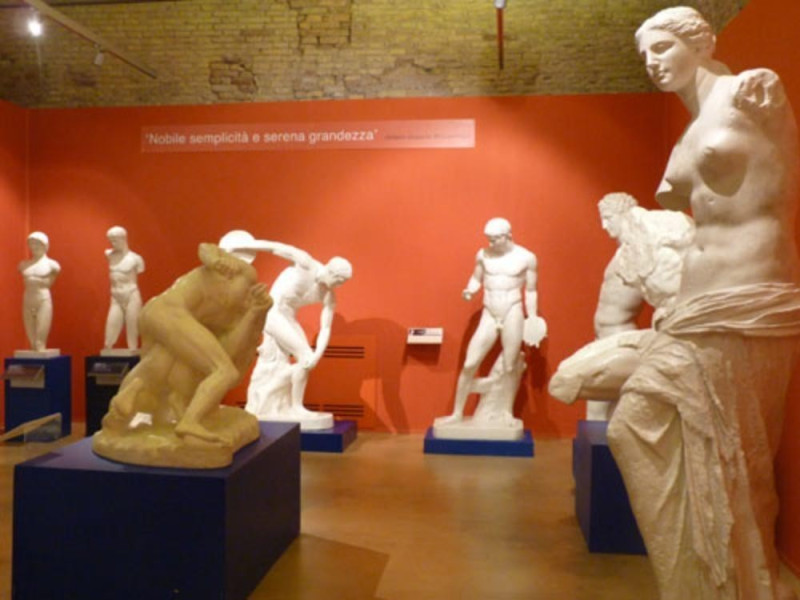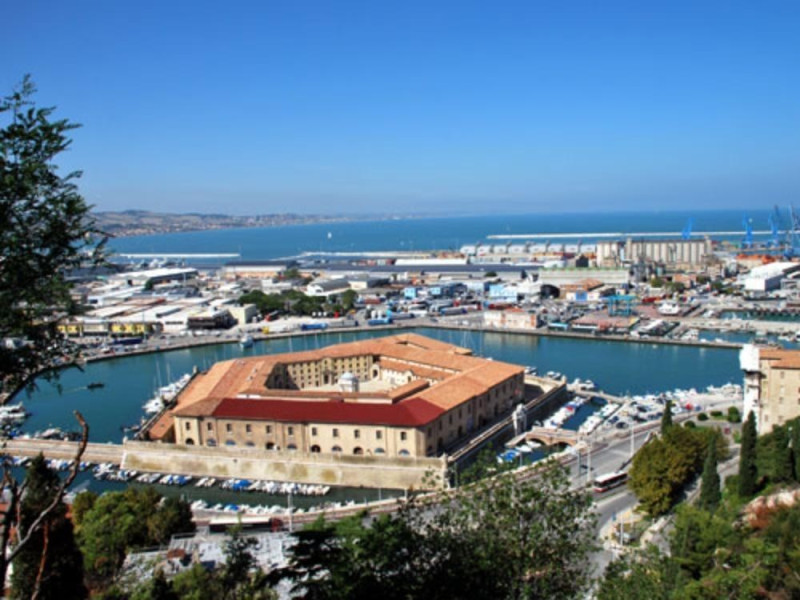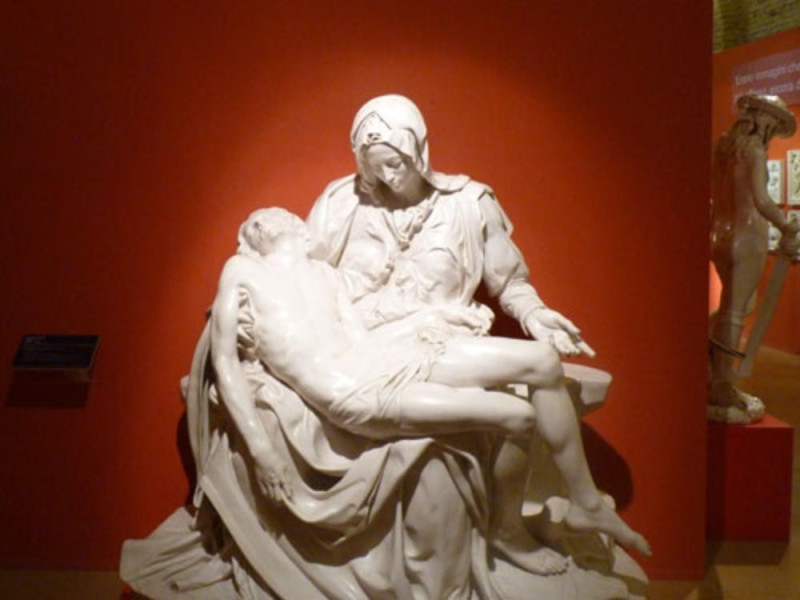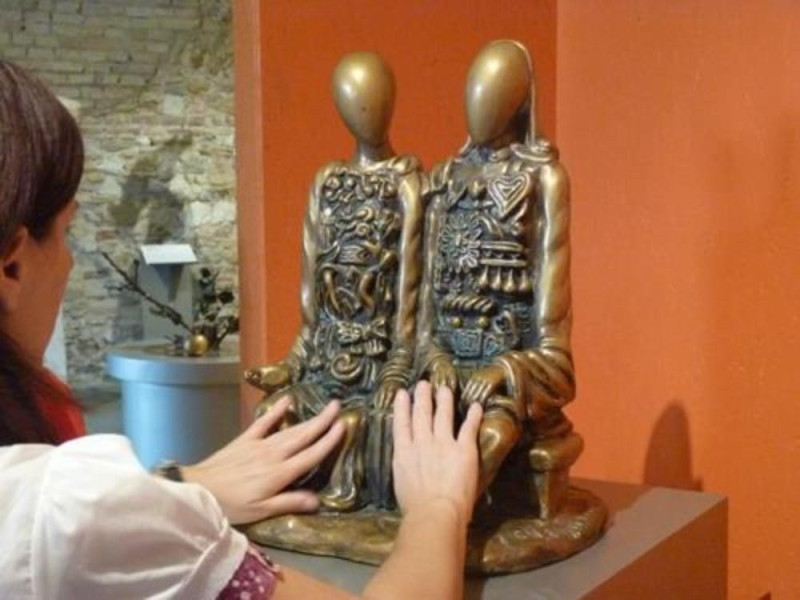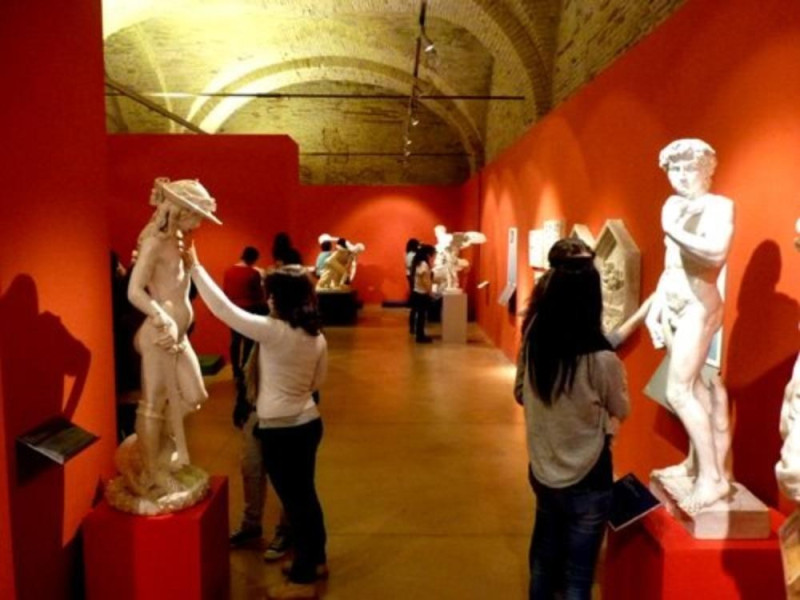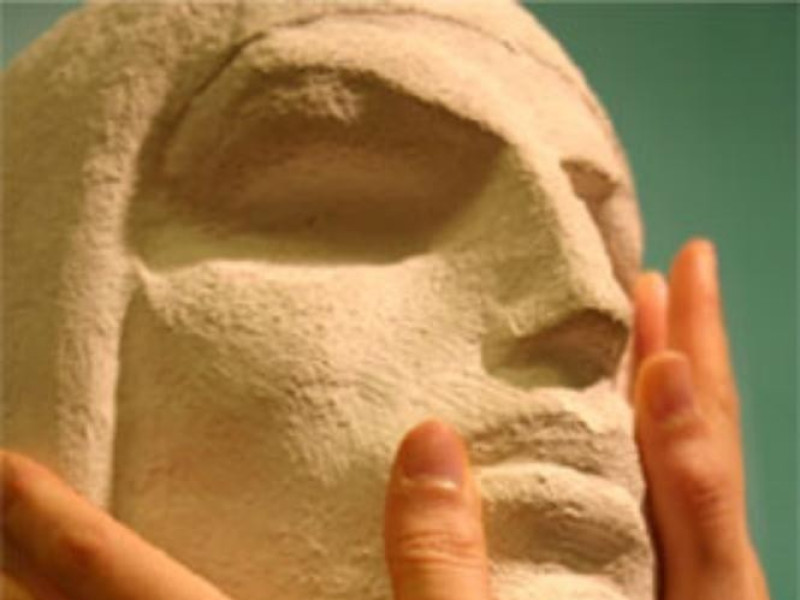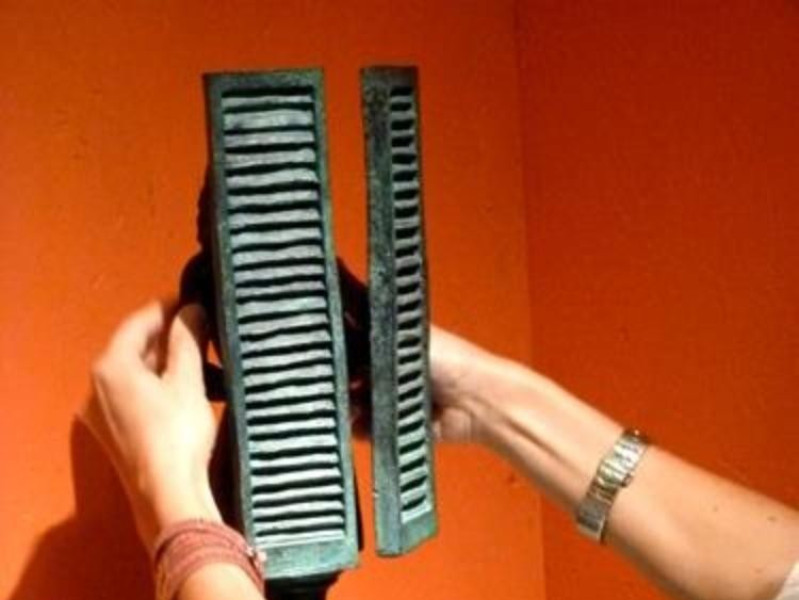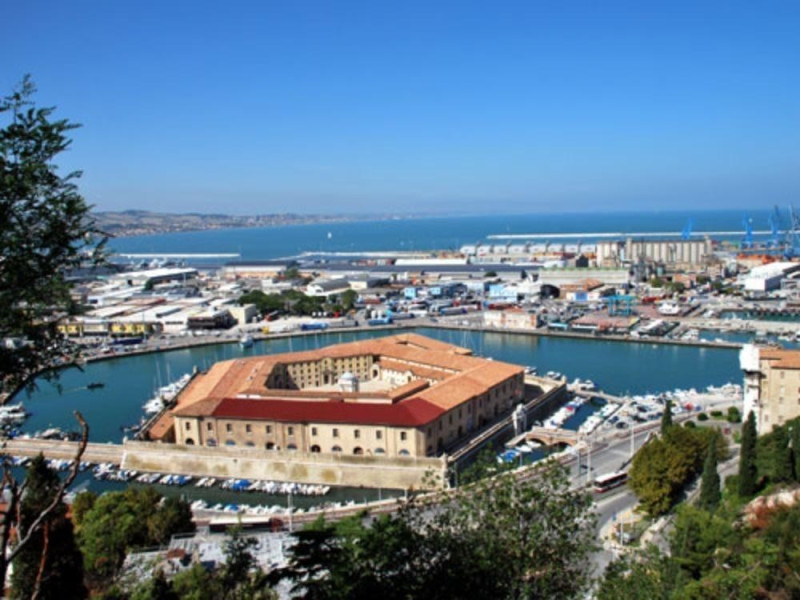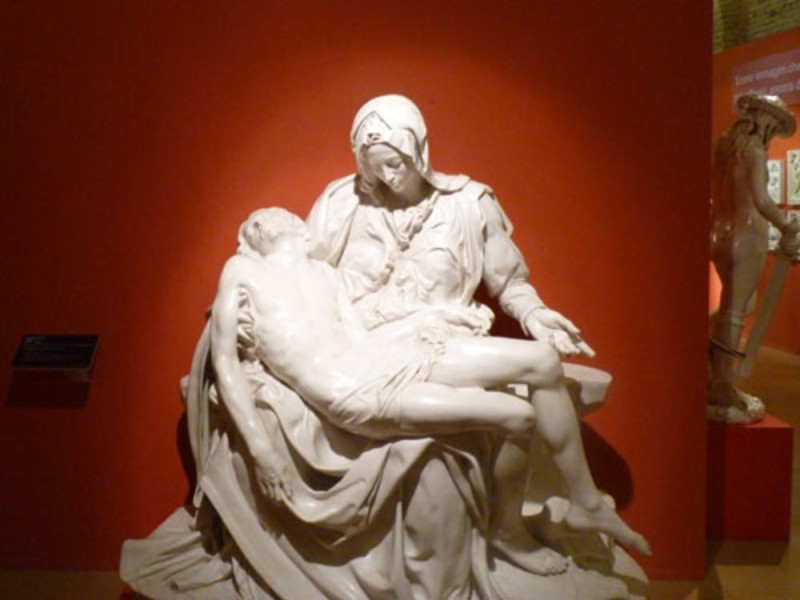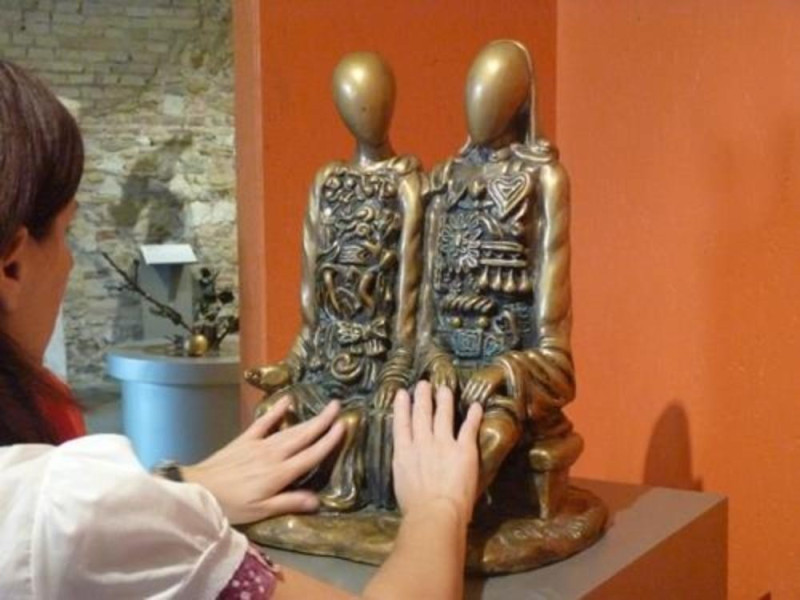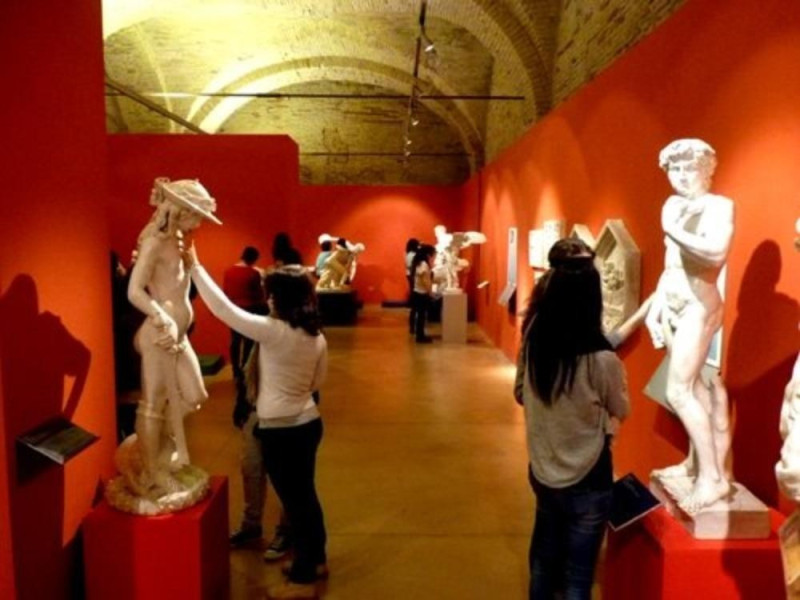Museo tattile statale Omero
Established in 1993 by the city of Ancona with the contribution of the Marche Region, inspired by Italian Blind Union, the "Homer Museum" was recognized by Parliament as "State Museum" (Law number 452 of 25 November 1999), confirming a unique value to national level. In the summer of 2012, the Museum has started the transfer in the eighteenth-century rooms of the Mole Vanvitelliana in Ancona, making it usable in the permanent collection and activating the center of documentation and research, educational workshops and offices. The construction of the new Museum is a long process, currently underway, which aims to create an innovative and multi-sensory exhibition, technologically advanced and articulated on 1.500 square meters for a total of about 300 works. Currently, the exhibition occupies environments below the level of the courtyard with direct access from the courtyard perimeter of the Mole: it is 450 square meters for in the future to accommodate the section of "Made in Italy" curated and organized by the business group Tod's, online with the aims and the exhibition of the new Homer Museum. The exhibition features approximately 150 works from the permanent collection organized in chronological order, as adopted in the previous location. The path includes true copies, plaster and resin of famous sculptures from Classical Greece to the early twentieth century through the Etruscan, Roman, Romanesque and Gothic, the Renaissance of Michelangelo, Bernini's Baroque, Neoclassicism of Canova. One room is dedicated to the "Movement carved" from the Louvre, a time to celebrate the body moving through five actions: the effort, dancing, running, flying, falling. The exhibition closes with the original works of the rich section of contemporary art that includes Italian and international artists of the figurative and informal. The collection, accessible and usable tactilely, offers an overview on the art and sculptural plastic of all time. Arranged along a path, is functional at the same time stimulating for all who are interested in investigating the link between art and multi-sensory. There are escalators to explore sculptures in height, teaching aids for the blind and visually impaired as the tables in relief and fact sheets on the works, available in Braille and large print. The architectural models and archaeological finds are in stock or being restored, waiting to be definitive settied in the new Museum. It can also admire the "Hall of Leopardi", recent gift of Master Michelangelo Pistoletto. To encourage an approach to synaesthetic reality-type the Museum, thanks to strong years of experience, organizes numerous educational activities for schools, families and groups with animated tours and banded, and workshops on issues of education accessible sensory, contemporary art, diversity and archeology. It also offers a free continuing education to art for blind and visually impaired and refresher courses and training for teachers and practitioners. The Museum has a bookshop, a conference room and a rich documentation center, open to consultation and specialized in the areas of special education and accessibility to the museum goods for people with disabilities, with publications on the subject edited by the Museum same. Great its cultural promotion of activity expressed through exhibitions, cultural events, conferences, consultations, projects, workshops and collaborations and cultural exchanges in Italy and outside.
Info:
Museum admission: free.
The visits and activities are extra (3 € per person) and by appointment.
All initiatives are free for disabled people and carers.

